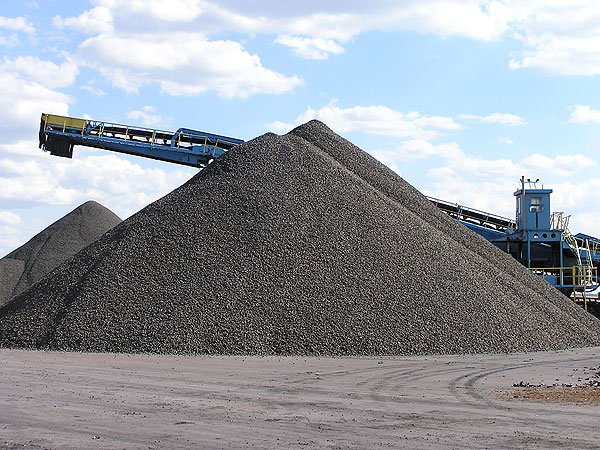Iron ore has taken a fresh beating, with prices sinking to the lowest level in six years as output cuts at Chinese mills hurt demand while low-cost supplies from the biggest miners expand. It may get worse.
“The key problem for iron ore is oversupply: the iron ore heavyweights have overestimated China’s appetite,” Gavin Wendt, founding director at MineLife Pty Ltd. in Sydney, said after prices dropped on Tuesday to the lowest level since daily data began in 2009. “Further price weakness is inevitable,” Bloomberg reported.
The commodity has been hurt this year by increasing output from the biggest miners including BHP Billiton Ltd., Rio Tinto Group and Vale SA and faltering demand for steel in China, where mills account for half of global output. Goldman Sachs Group Inc. said last week that the global market is oversupplied, with steel consumption in China remaining weak. Mills are battling sinking prices that have eroded profit margins.
“We’re going through a very difficult time,” said Philip Kirchlechner, director of Iron Ore Research Pty. “It was always expected that it would come down to the $40s again, but not over a sustained period,” said Kirchlechner, former head of marketing at Fortescue Metals Group Ltd.
Critical Point
Ore with 62% content delivered to Qingdao fell 1.9% to $43.89 a dry metric ton on Tuesday, according to Metal Bulletin Ltd. The commodity is headed for a third annual retreat, and the latest fall eclipsed the previous low of $44.59 set in July.
The steel industry in China is reaching a critical point, according to Andy Xie, an independent economist who’s been bearish for years and sees a drop below $40 before year-end. Mills will have to cut production, said Xie, a former Asia-Pacific chief economist at Morgan Stanley.
Crude-steel output in China will drop 23 million tons to 783 million tons next year, according to the China Iron & Steel Association. Last month, the nation’s leading industry group reported wider losses and noted that while official interest rates in China have been cut, mills faced higher funding costs.
The biggest miners are betting that higher production will enable them to cut costs and raise market share while less efficient suppliers get squeezed. Rio’s Andrew Harding, chief executive officer for iron ore and Australia, said this month the company will keep defending market share and if it cut output, volumes would simply be taken by less efficient rivals.
Kirchlechner said that the onset of winter in China may bring something of a reprieve for prices as local ore producers are forced to curtail supplies, spurring increased demand for cargoes from overseas.
“Often as the north becomes cold, the domestic mines in China close down because it’s freezing and its difficult to process the ore,” Kirchlechner said. “So in that case, the mills have to turn to imports again. At the moment a lot of the mills are reluctant to commit to large-tonnage imports.”


